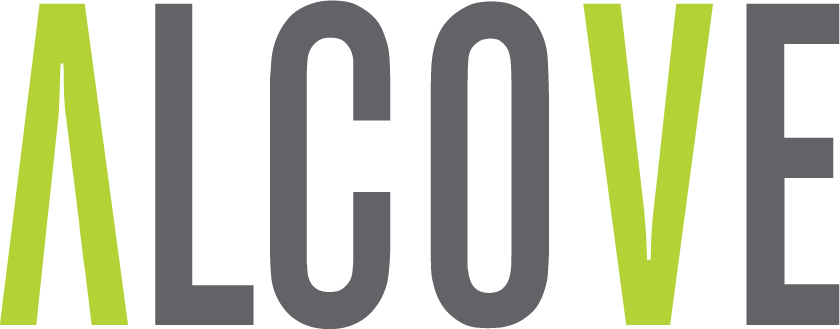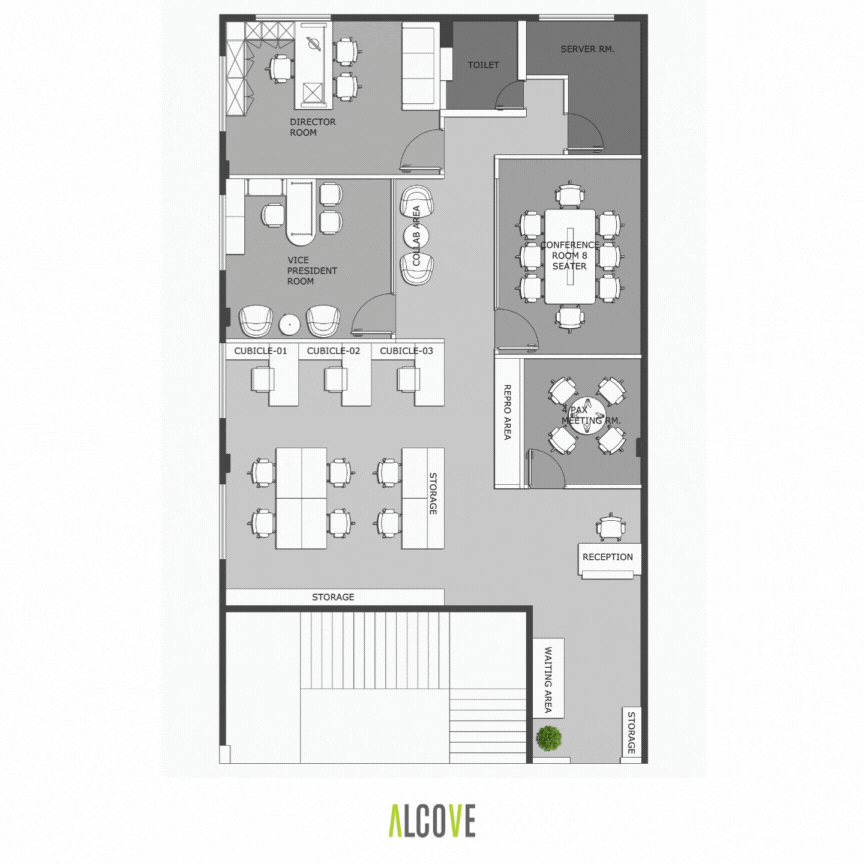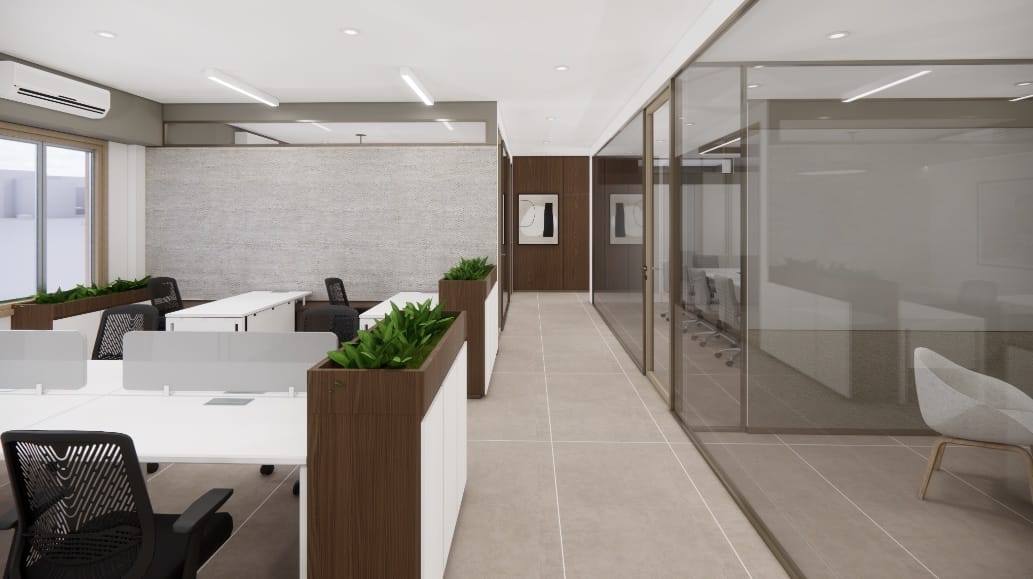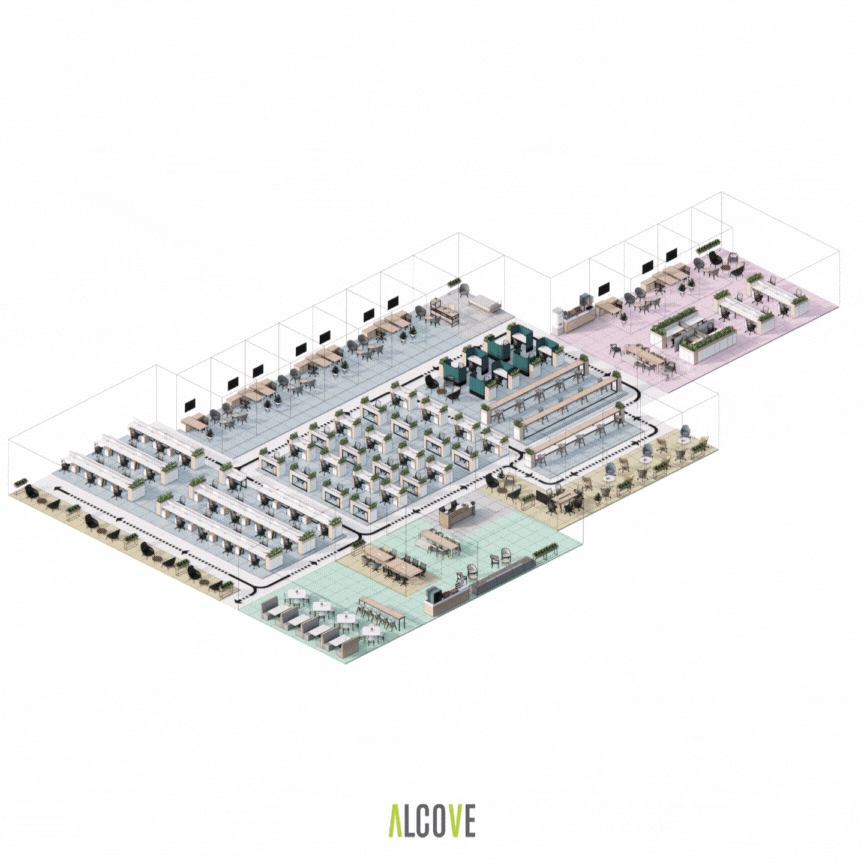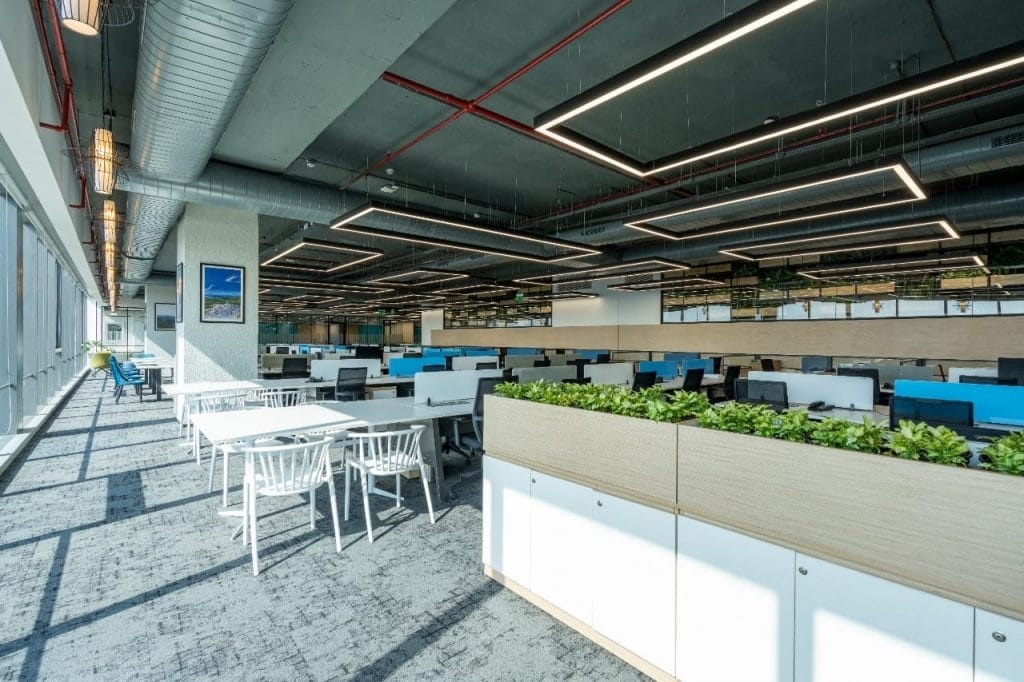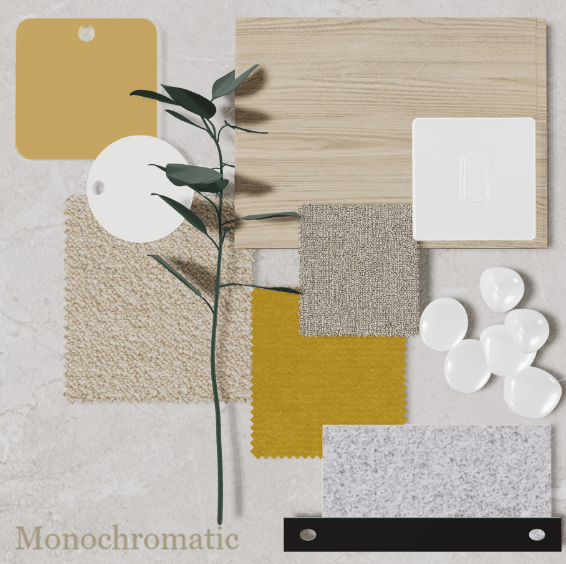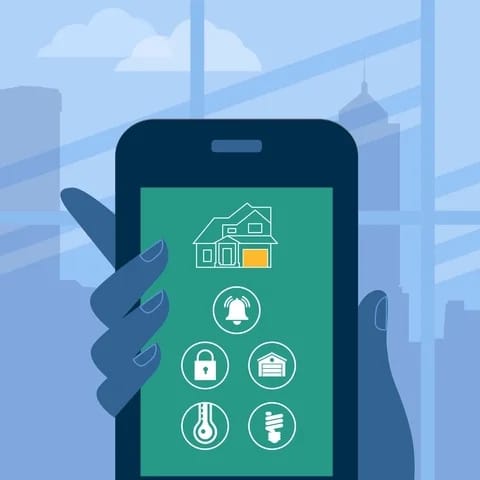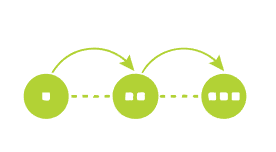Cost-Effective Workplace Design Solutions
Being a workplace designer in India, where fit-out expenses have risen by approximately 4.5%, it’s noteworthy that the average cost per square foot for fitting out has escalated from Rs. 5,546 to Rs. 5,788 compared to the previous year. Mumbai retains its status as the most expensive city in India for office fit-outs, averaging Rs. 6,588 per square foot, with New Delhi closely trailing at Rs. 6,068 per square foot. It’s imperative to formulate cost-efficient design approaches while upholding quality and functionality standards.
Here are some strategies to achieve this:
